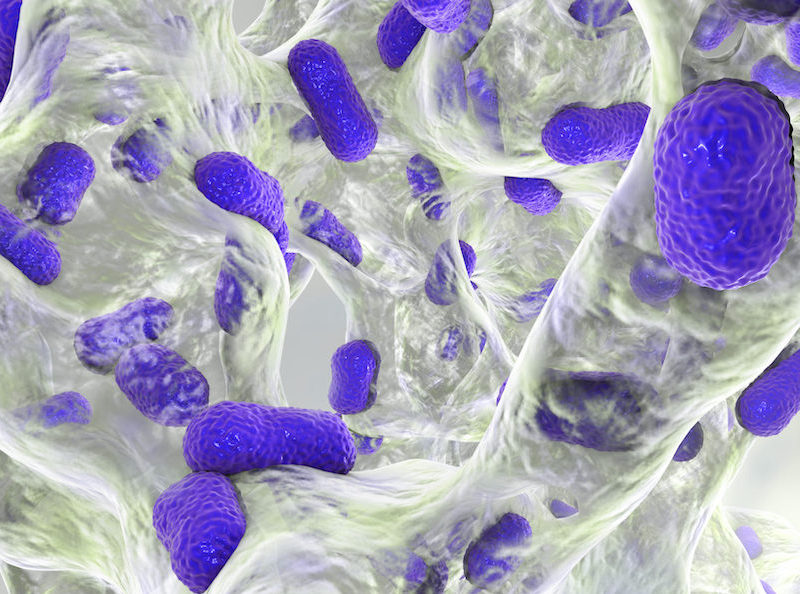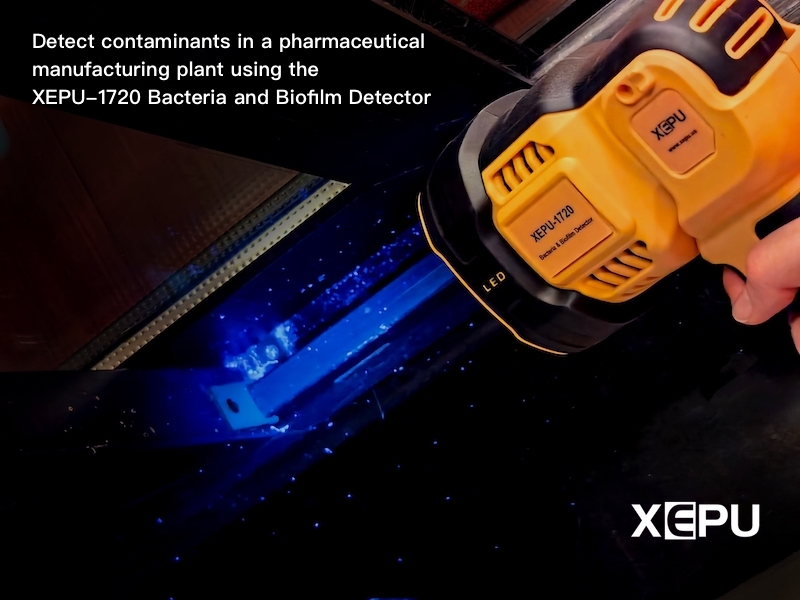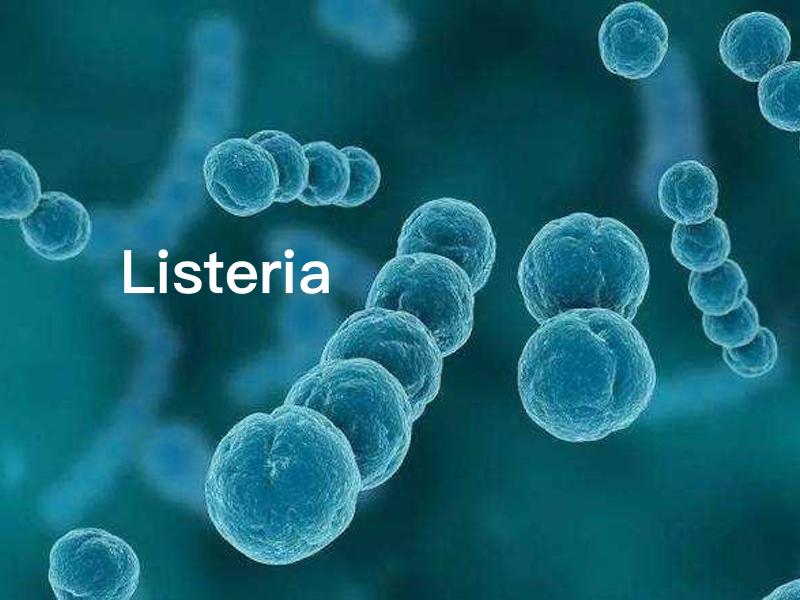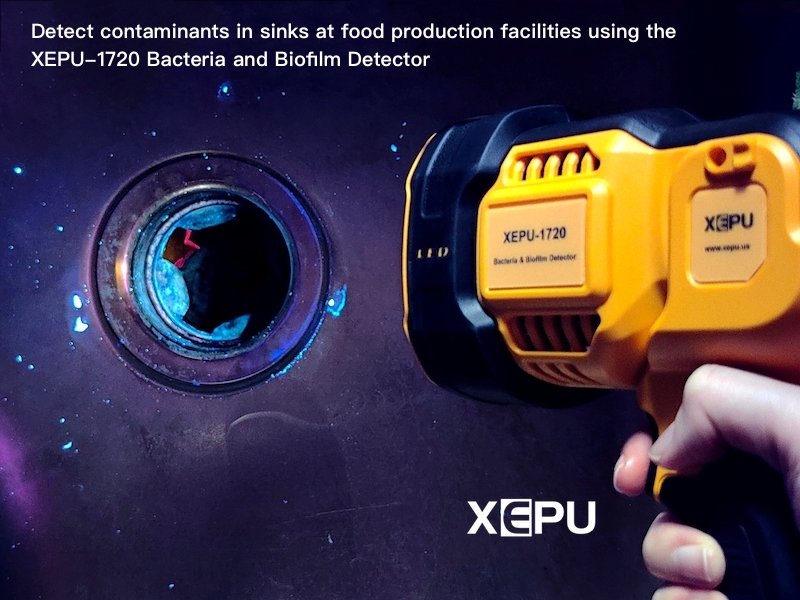Detection of SGFP2 Green Fluorescent Protein
The SGFP2 fluorescent protein is a green fluorescent protein variant, published in 2007, derived from the Aequorea Victoria. The SGFP2 green fluorescent protein has a major excitation peak at a wavelength of 495nm and an emission peak at a wavelength of 512nm. The SGFP2 green fluorescent protein is moderately acid-sensitive and has a size of 26.9kDa.
The Origin of SGFP2 Green Fluorescent Protein
Fluorescent proteins have been frequently used as reporters in cell and molecular biology. Fluorescent proteins emit light and can be visualized in live specimens without the need for cell fixation, allowing researchers to visualize dynamic behavior of cells expressing GFP, RFP, BFP, or YFP. The enhanced green fluorescent protein EGFP (a variant of green fluorescent protein) is particularly widely used.
However, the use of fluorescent proteins, including EGFP, can be hampered by inefficient protein folding, leading to protein aggregation and reduced fluorescence. In addition, EBFP (the blue fluorescent protein variant of enhanced green fluorescent protein), is rarely used due to its weak fluorescence and rapid photobleaching. Therefore, efforts to improve properties such as protein folding, fluorescence brightness, and photostability are important.
In 2007, researchers from the University of Amsterdam and Utrecht University in the Netherlands published a paper on improving the expression of green fluorescent protein and blue fluorescent protein in bacteria and mammalian cells. The researchers created strongly enhanced green fluorescent protein (SGFP2) and strongly enhanced blue fluorescent protein (SBFP2) based on EGFP and EBFP, respectively. The researchers used site-directed mutagenesis to introduce several mutations that were shown to improve the fluorescent proteins EYFP and ECFP.
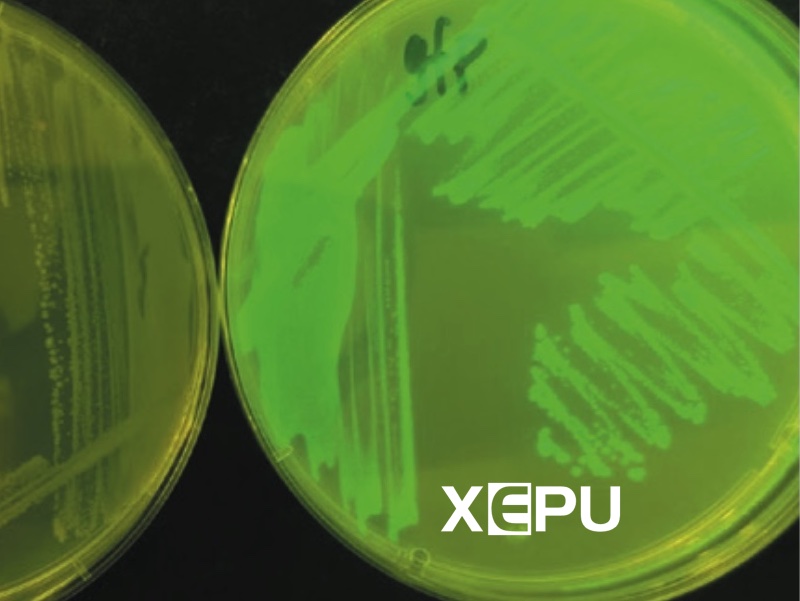
Excitation and Emission of SGFP2 Green Fluorescent Protein
The excitation wavelength of SGFP2 green fluorescent protein is 495nm, and the emission wavelength is 512nm. To detect the signal of SGFP2 green fluorescent protein, an ideal tool is the Fluorescence Flashlight GFPfinder-2101RB.
The Fluorescence Flashlight GFPfinder-2101RB provides high-intensity blue excitation light, which can be used to detect and visualize green fluorescent proteins expressed in bacterial colonies, cells, plants, and animals. Both GFP green fluorescent protein and EGFP enhanced green fluorescent protein can be quickly detected using the Fluorescence Flashlight GFPfinder-2101RB. Through a matching barrier filter, green fluorescence can be easily observed with the naked eye. In addition, camera filters are available for fluorescence photography.
Major Advantages of the Fluorescence Flashlight GFPfinder-2101RB
Portable: The Fluorescence Flashlight GFPfinder-2101RB is powered by battery and can work in the field.
Easy to use: Simply push the power button to turn on the Fluorescence Flashlight, and observe fluorescence in seconds.
Non-contact detection: Ideal for detecting fluorescent proteins in live plants and animals. No need to pick leaves.
Low cost: The price is only 1/10 of that of a fluorescence microscopy.
Fluorescence photography: Using our camera filters, take high-quality photos for publication.
Photo below: Fluorescence Flashlight GFPfinder-2101RB

Reference:
Improved Green and Blue Fluorescent Proteins for Expression in Bacteria and Mammalian Cells, Kremers G-J, Goedhart J, Van Den Heuvel Dj, Gerritsen Hc, Gadella Twj (2007). Biochemistry, 46(12) , 3775-3783. doi: 10.1021/bi0622874.

